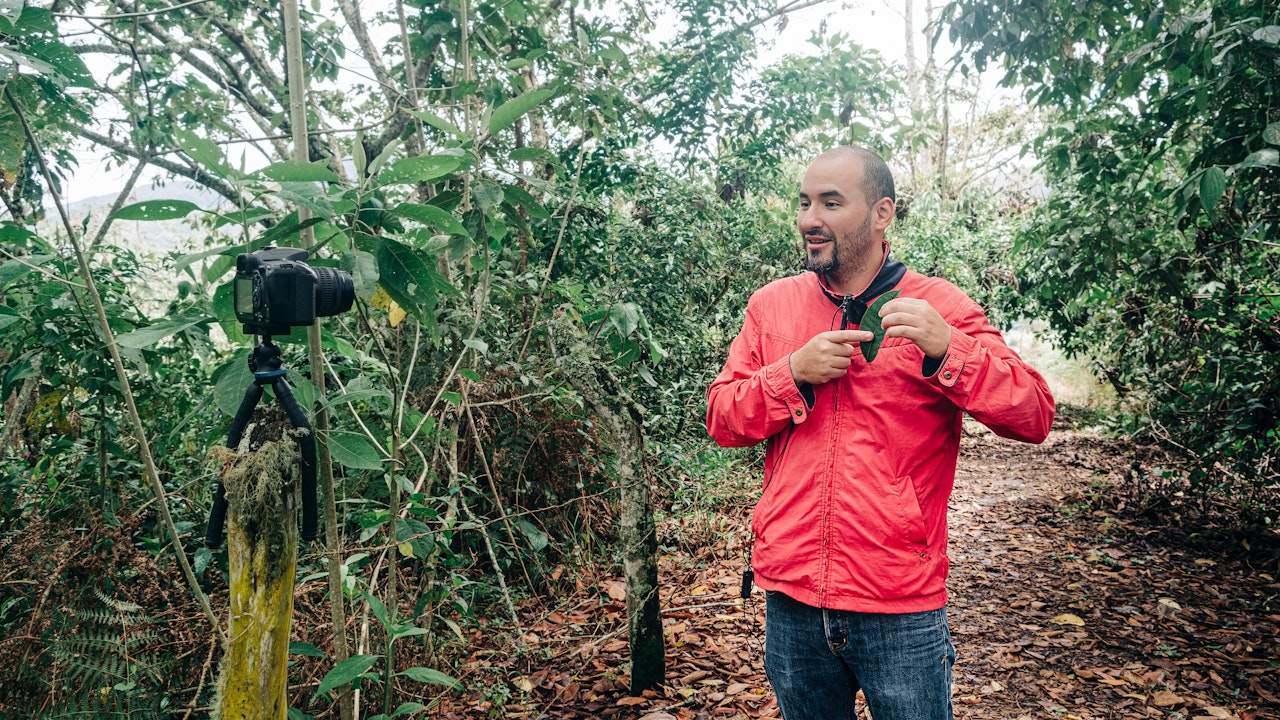Homepage
•
Learning Library
•
Blog
•
5 Ways To Connect Students to National Parks (Without Traveling)
Expand breadcrumbs
Expand breadcrumbs
- Learning Library
- Blog
- 5 Ways To Connect Students to National Parks (Without Traveling)
- Homepage
- •
- Learning Library
- •
- Blog
- •
- 5 Ways To Connect Students to National Parks (Without Traveling)
5 Ways To Connect Students to National Parks (Without Traveling)
By James Fester
December 10, 2023








